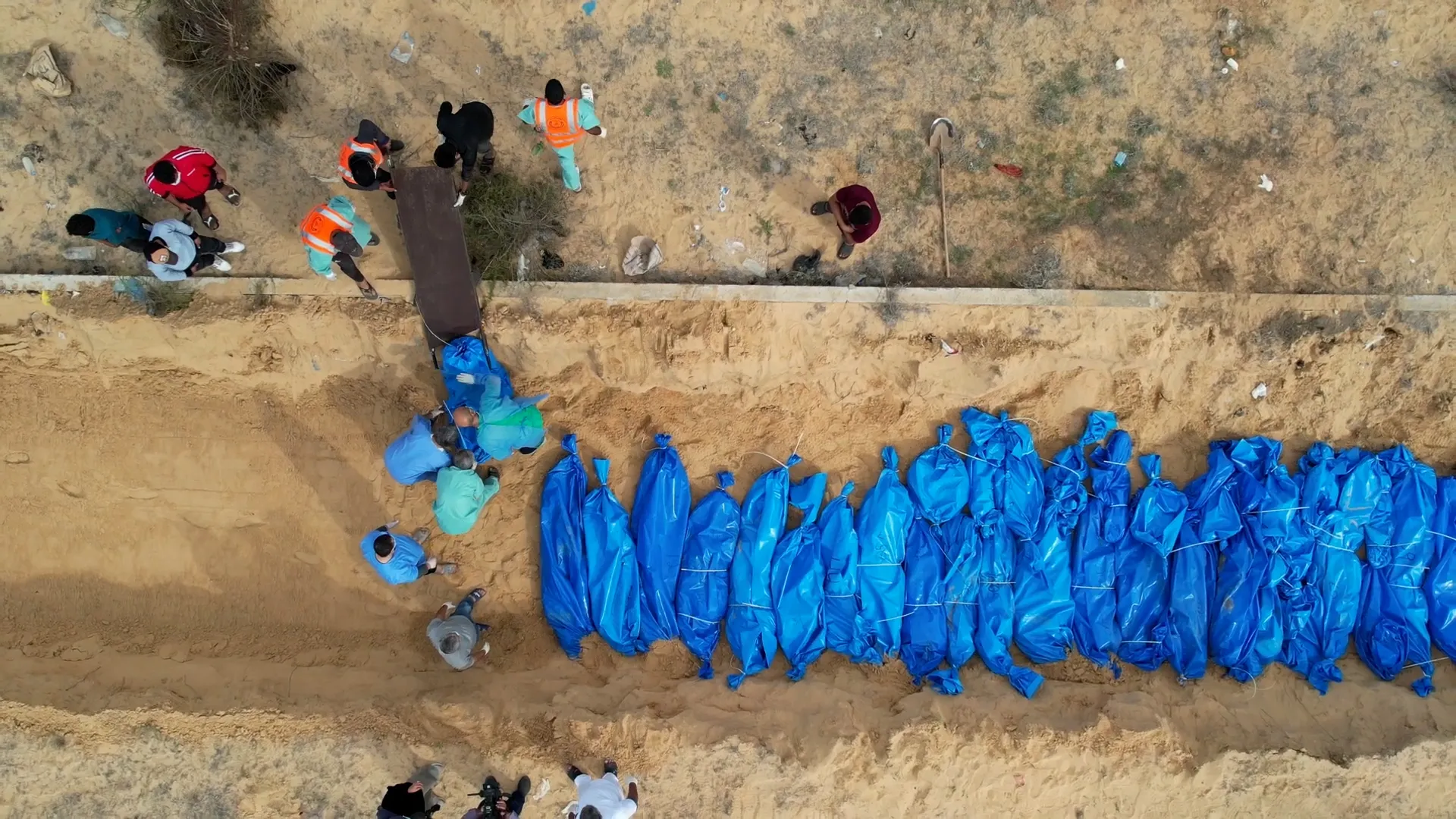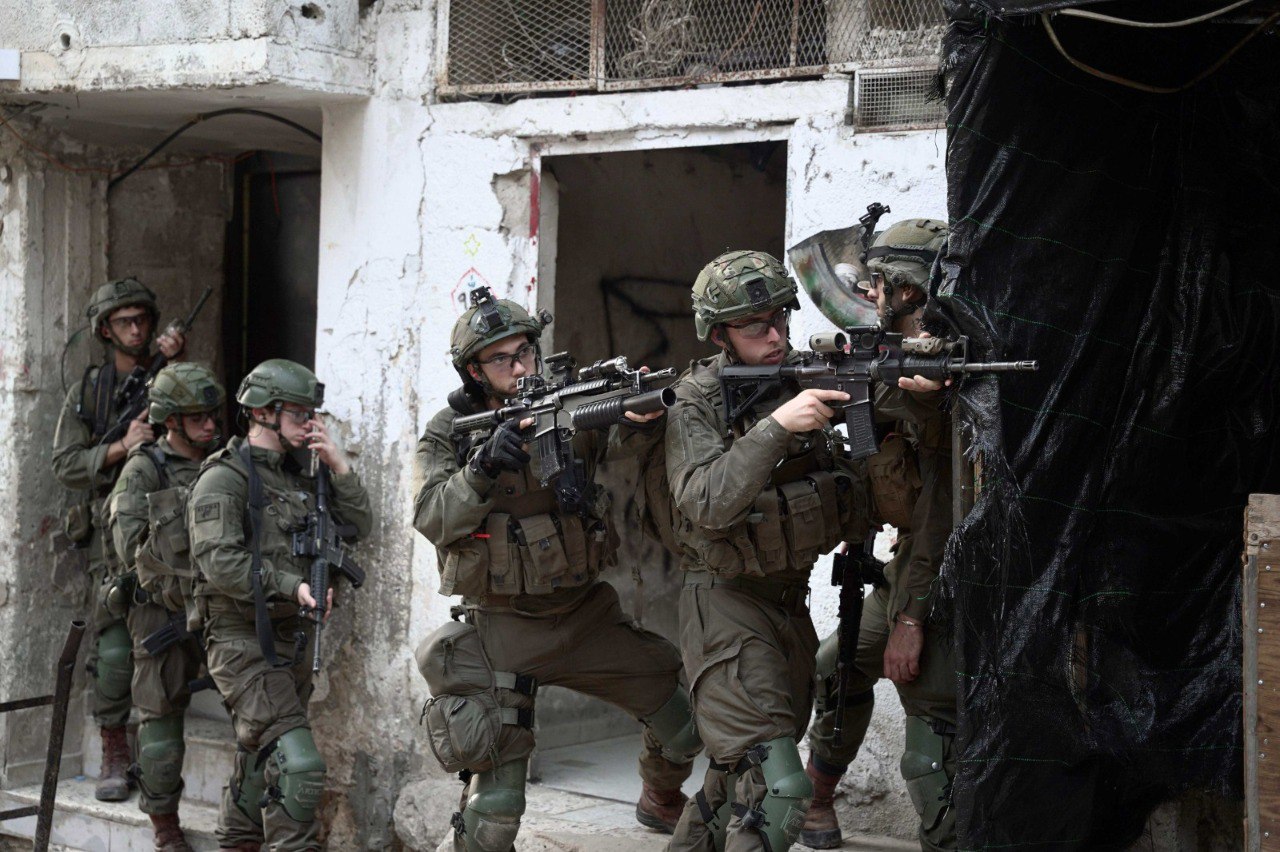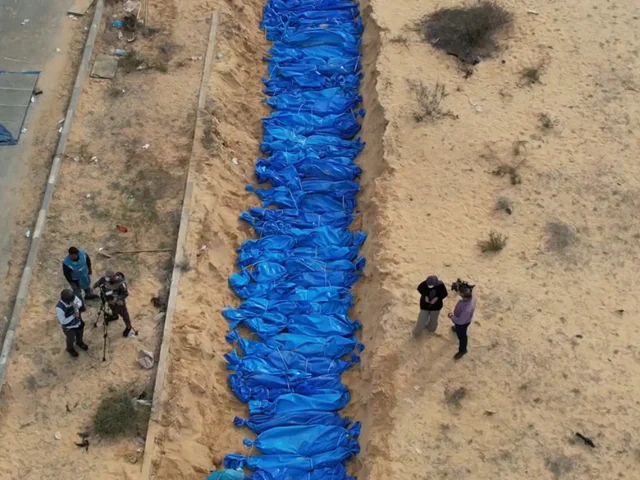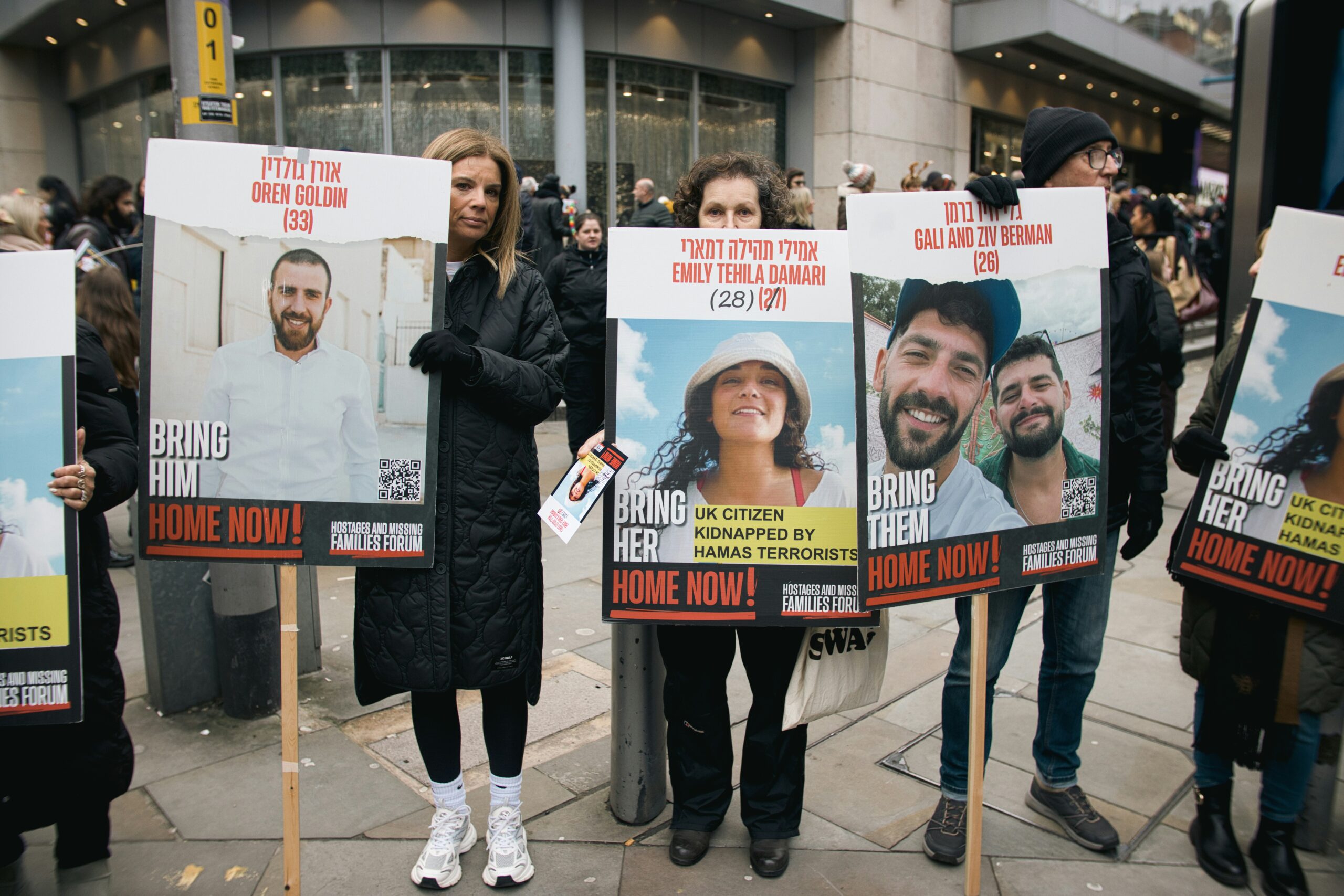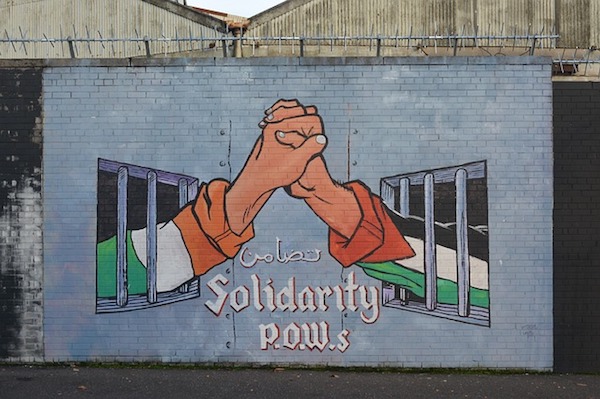Israeli Defense Minister Israel Katz has confirmed the government’s intention to seize “large areas” of the Gaza Strip, escalating fears that Israel is using the war as a pretext for permanent land appropriation. The announcement, delivered April 2, comes amid one of the most catastrophic humanitarian crises in the territory’s history.
The seizure orders follow months of relentless bombing campaigns, starvation-level blockades, and forced displacement of Palestinians from one so-called “safe zone” to the next. The areas now being earmarked for military occupation and potential annexation are the very zones civilians were once told to flee to for protection. Now, those zones are in the crosshairs.
Katz’s statement was not a slip. It follows his March 21 declaration urging the IDF to seize ground and warning Hamas that Israel would begin annexing territory if hostages weren’t released. Yet even as Hamas offered another ceasefire in early April, Israel responded not with negotiation—but with evacuation orders and preparations to occupy land.
This is not the first time Israeli leadership has attempted to reshape Gaza’s status by force. In 2005, Israel withdrew settlers and military presence from the Strip under Prime Minister Ariel Sharon, a move that was later framed as a strategic necessity. But since then, successive governments have maintained full control of Gaza’s borders, airspace, and coastline—effectively keeping the territory under siege. The October 7, 2024 Hamas-led attack, which killed hundreds of Israeli civilians, has been used as the justification for an overwhelming military response that has now killed tens of thousands of Palestinians and displaced over a million.
Settler groups have long agitated for a return to Gaza. In October 2024, just days after the Hamas attack, right-wing activists staged rallies near the border, openly calling for Israeli resettlement of the territory. These groups have pushed a narrative that Gaza must be “retaken” and “cleansed” of Hamas, but their vision extends far beyond security concerns—they are lobbying for permanent Jewish communities to be established inside the Strip once again.
The new plan to seize land builds on that ideology, now being executed through military force. While the government frames these zones as “security buffers,” critics see the policy for what it is: creeping annexation. Human rights organizations and legal experts warn that such a move would constitute a violation of the Fourth Geneva Convention, which prohibits an occupying power from annexing or settling occupied land.
Yet the international community remains muted. While the UN and aid groups have condemned the humanitarian toll, few have directly challenged Israel’s territorial ambitions. The Biden administration previously issued vague warnings against reoccupation of Gaza, but under Trump, there has been no such caution. In fact, U.S. silence in the face of Katz’s announcement suggests tacit approval or, at best, indifference.
Last week, hundreds of Gazans gathered in rare protests—voicing frustration with Hamas and pleading for international attention to their suffering. They demanded food, an end to the war, and a ceasefire. They did not ask for this. And yet, today, some of those same areas—Beit Lahiya, Khan Younis, Rafah—are under fresh bombardment. The message is unmistakable: speak out, and you will be buried where you stood.
For Palestinians, the consequences are clear. Entire neighborhoods are being depopulated by force, and the absence of a functioning international legal response has left them entirely vulnerable. Gaza’s infrastructure lies in ruins. The UN has shuttered operations in the south. People are starving. And now, the land they were forced to abandon may be claimed permanently by the very forces that displaced them.
Author
Discover more from The Crustian Daily
Subscribe to get the latest posts sent to your email.


